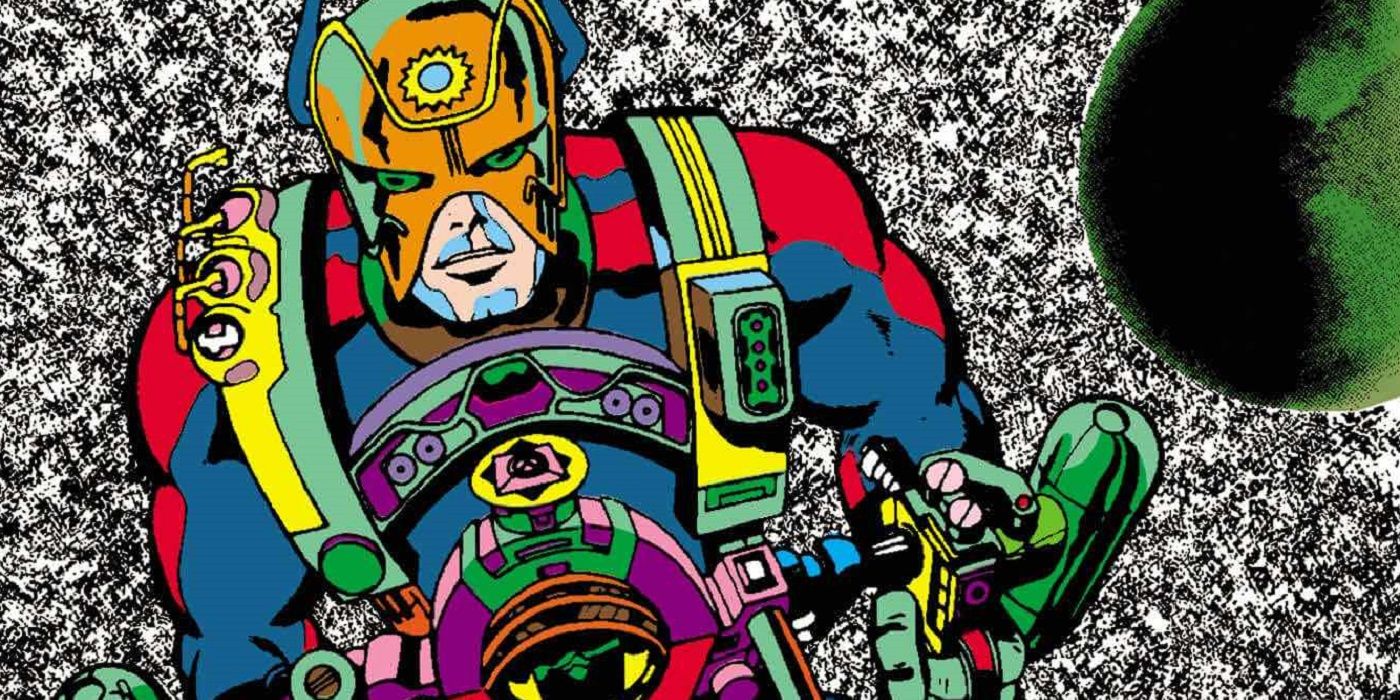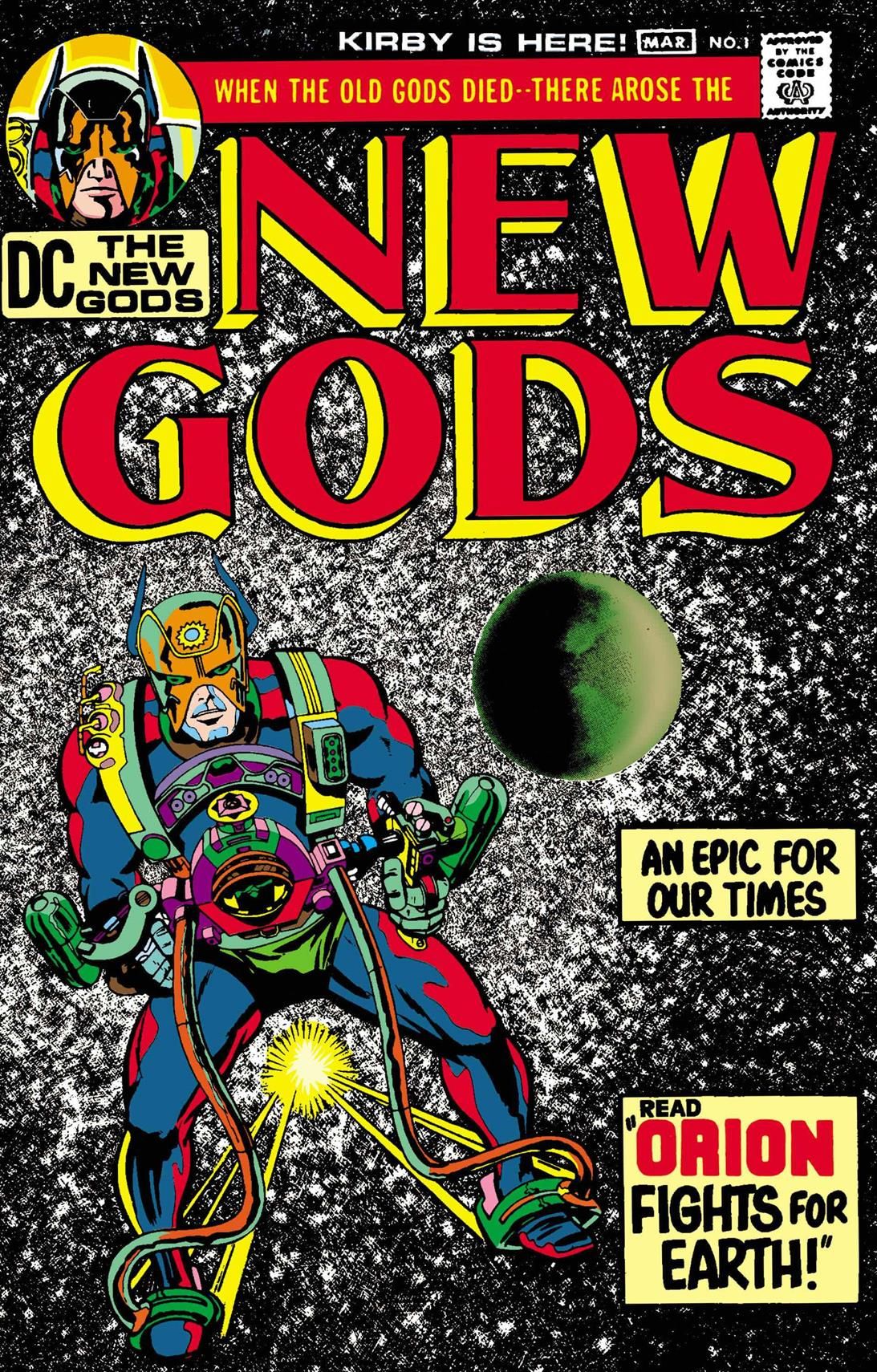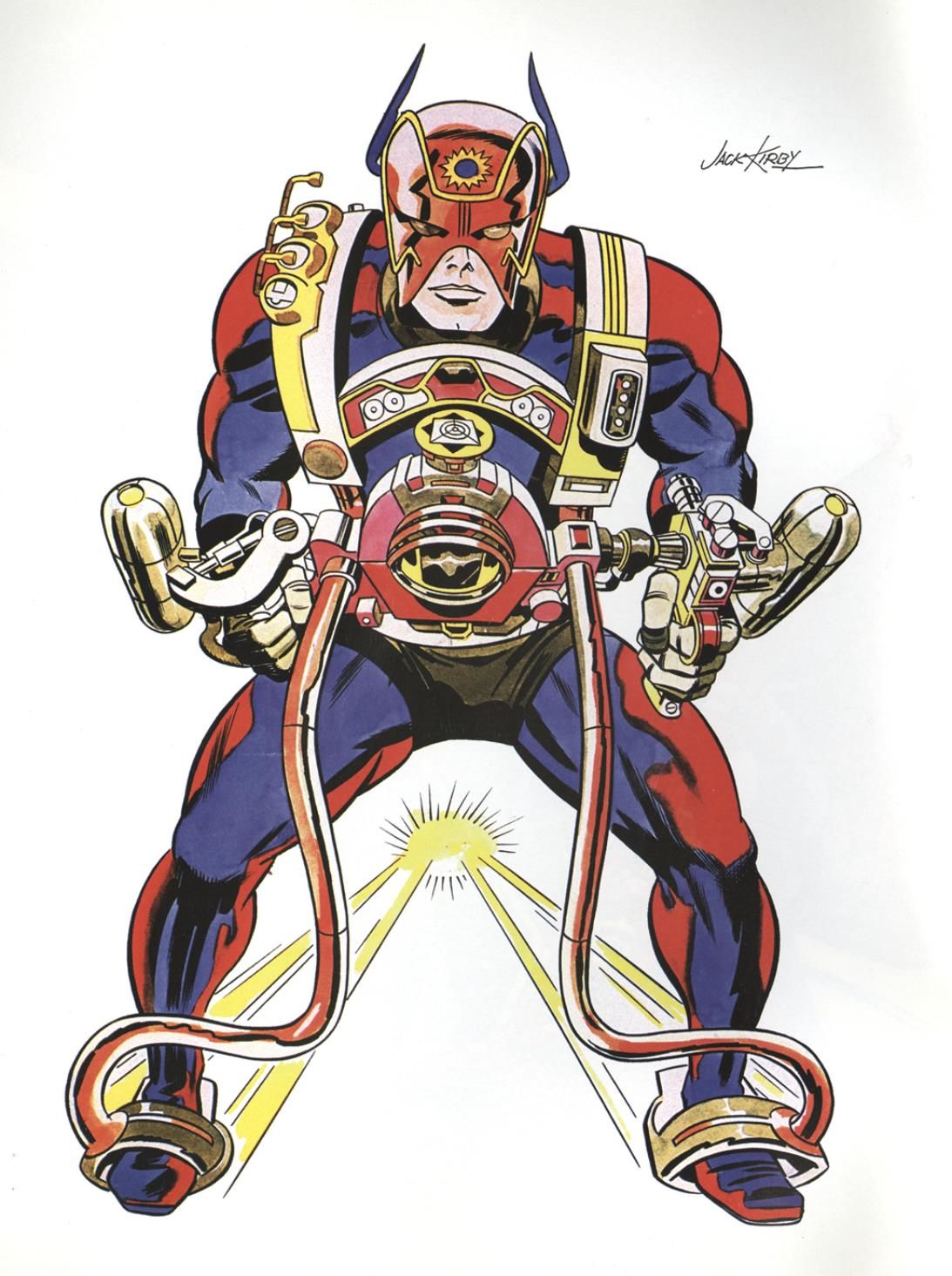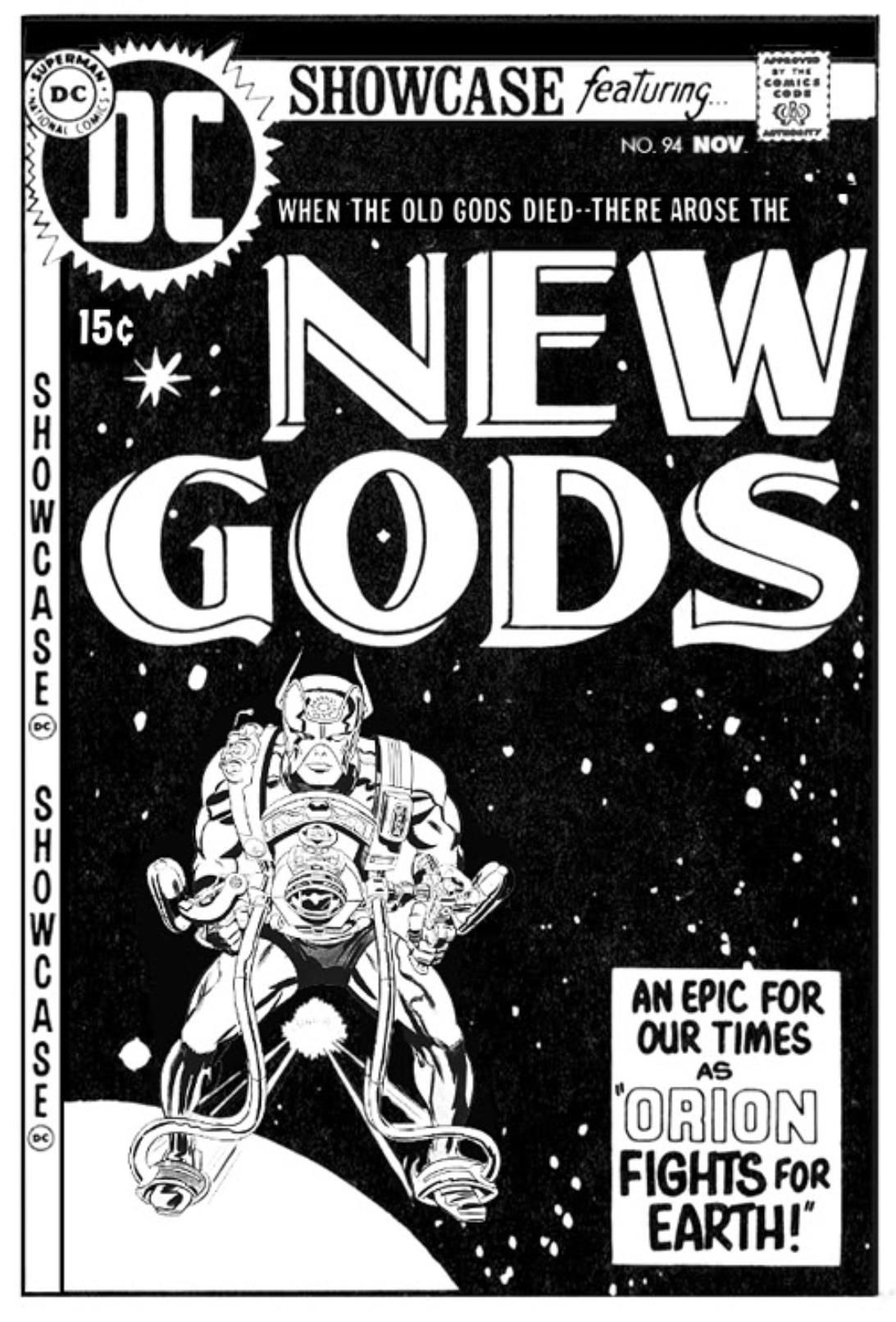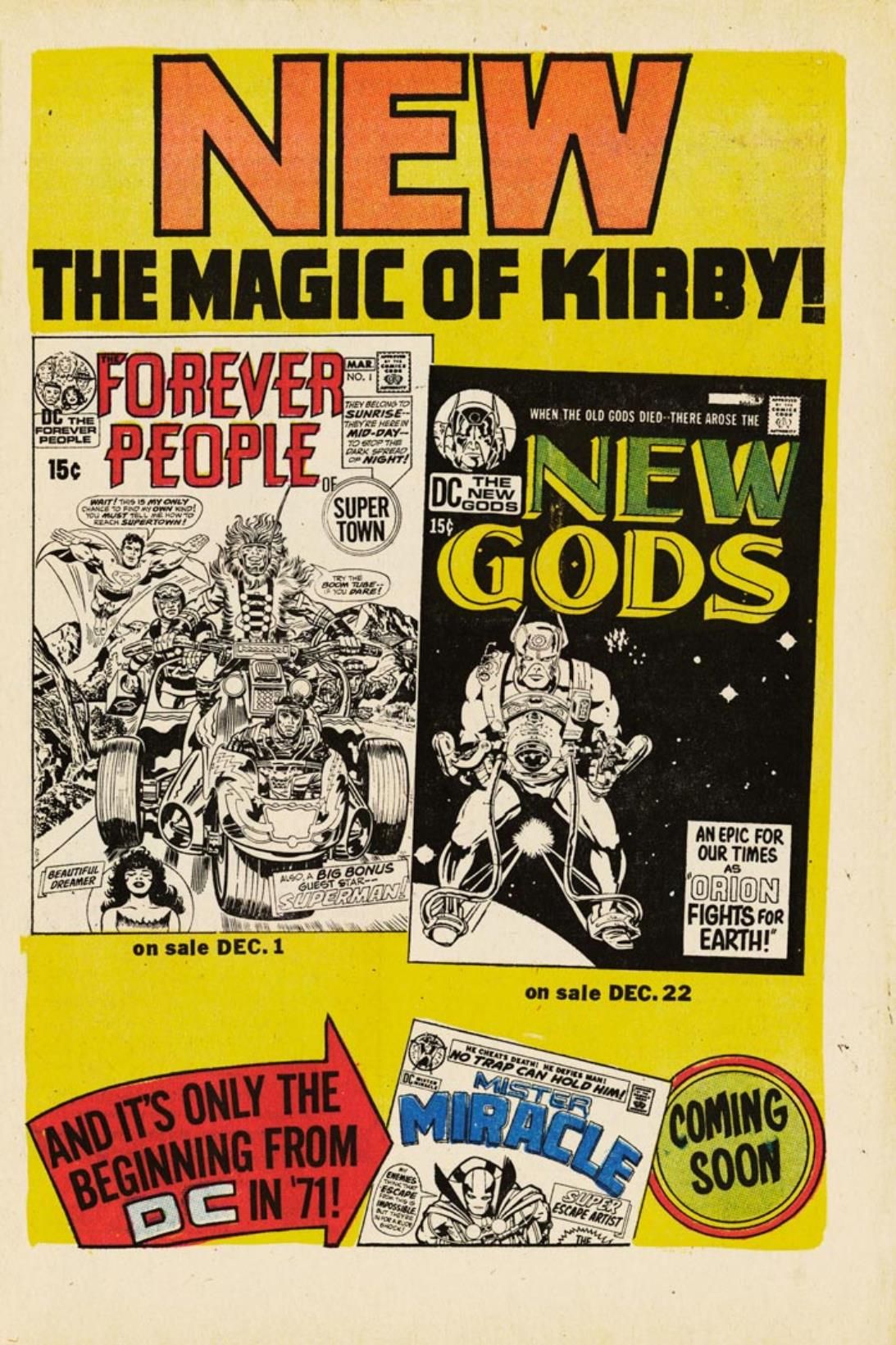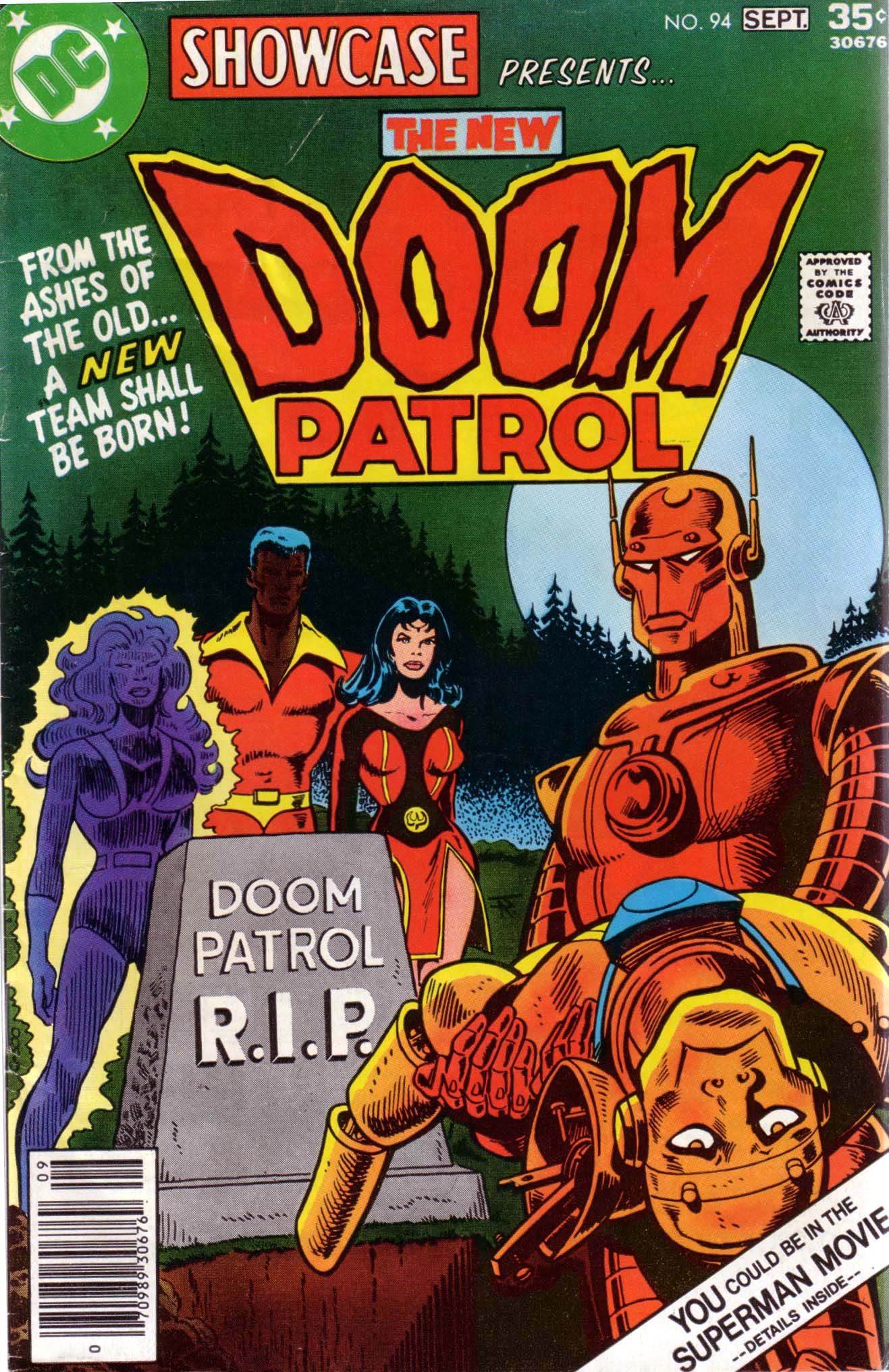In the latest Comic Book Legends Revealed, discover how Jack Kirby's Fourth World almost had a VERY different launch at DC Comics.
Welcome to Comic Book Legends Revealed! This is the eight hundred and fifteenth installment where we examine three comic book legends and determine whether they are true or false. As usual, there will be three posts, one for each of the three legends. Click here for the first part of this installment's legends.
NOTE: If my Twitter page hits 5,000 followers, I'll do a bonus edition of Comic Book Legends Revealed that week. Great deal, right? So go follow my Twitter page, Brian_Cronin!
COMIC LEGEND:
Jack Kirby's Fourth World almost launched as part of DC's Showcase
STATUS:
True
When Jack Kirby moved from Marvel Comics to DC in 1970, DC was a company that was in the midst of some major changes. Carmine Infantino had been named as DC's Art Director in early 1967 after Stan Lee had made a move to bring DC's biggest artist over to Marvel and when Kinney National Company purchased DC later in 1967, Infantino became the new Editorial Director of the company (which now officially started calling itself DC Comics, after years of being National Comics with DC as just the unofficial name) and over the next few years, as he became Publisher of the company in 1971, Infantino began to remake DC, with major changeovers in both editorial and creative, as many of DC's long-running writers left/were pushed out and new talent was brought in, with perhaps the most notable change in editorial being the retirement of longtime Superman editor Mort Weisinger in 1970. Around that same time, Infantino succeeded in bringing over his fellow superstar artist Jack Kirby to DC. In late December 1970, Kirby officially launched his Fourth World line of comic books (New Gods, Forever People and Mister Miracle) with New Gods #1...
Interestingly, the Orion figure on the cover of New Gods is basically identical to the drawing that Kirby did (inked by the great Frank Giacoia) as part of Kirby's presentation of the New Gods concept (back before Kirby had decided to do the project at DC, as he was hopeful that perhaps he could do the characters at Marvel under a special revenue-sharing agreement where he would also maintain the copyrights on the characters, but when that fell through, he accepted roughly the same deal at DC that he was getting at Marvel, he just wanted out of Marvel at all costs).
What's interesting, though, is that DC was obviously a bit unsure of how to initially launch Kirby's new Fourth World. Heck, Kirby and Infantino weren't even really on the same page as to what the Fourth World would even BE. Kirby saw it as more of a line of comics that he could oversee and assign to other writers and artists that he respected and that the comics would be collected into basically early versions of what we consider trade paperbacks. Infantino, though, felt that the project was best suited to just having Kirby write and draw them himself, and DC just wasn't prepared for bold new publishing initiatives like what Kirby hoped to do with the project, so it instead "just" became a series of inter-connected comic books written and drawn by Kirby.
However, even there, DC didn't know how best to launch the Fourth World. As you may or may not know, DC Comics had famously launched a title in the 1950s called Showcase which was split amongst its main editors at the time, with each guy having to come up with a new project that would debut in Showcase and, if it did well, would graduate to its own title. It was literally a "showcase" for characters. Famously, the fourth issue (during Julius Schwartz turn as editor) saw the introduction of Barry Allen, the new Flash, and that kickstarted a whole new era of superheroes at DC under Schwartz's direction.
Showcase #22 then introduced a new Green Lantern and Showcase #34 introduced a new Atom.
However, by the late 1960s, Showcase was barely holding on. It had not launched a character that had received its own series since Windy an Willy in Showcase #81 (a clever attempt to repurpose old Dobie Gillis comics that I covered in a Comic Book Legends Revealed maaaaaaaaaany years ago, in the seventh Comic Book Legends Revealed ever!). The most recent attempts had been two out-there Mike Sekowsky concepts, Jason's Quest (Showcase #88-90) and Manhunter 2070 (Showcase #91-93).
Initially, though, the plan was to use Showcase #94 as the launch of the Fourth World, with a cover even being put together for the issue (which Jack C. Harris later shared in an issue of Amazing World of DC Comics)...
Ultimately, it was determined that Kirby's New Gods was a big enough concept that it could launch on its own, so Showcase #94 did not come out and the book was instead canceled at #93. So the promos for Jack Kirby's Fourth World were in their own titles...
Interestingly enough, Paul Levitz later pushed for the return of Showcase (Levitz has a sense of history matched by few others in the comic book industry) and in 1977, Showcase #94 finally DID appear, only now it was the launch of Paul Kupperberg's rebooted version of the Doom Patrol...
The revamped Showcase did not last that long, either, ending with Showcase #104 (although, the ending of that series ultimately led to a major comic book publishing moment that I will get to in a future Comic Book Legends Revealed).
DC almost certainly made the right choice in giving New Gods its own title, but it is interesting to think about what could have been had the series launched in Showcase.
CHECK OUT A TV LEGENDS REVEALED!
In the latest TV Legends Revealed - Learn why Eriq La Salle asked the ER producers to break up the relationship between Drs. Benton and Corday.
PART THREE SOON!
Check back soon for part 3 of this installment's legends!
Feel free to send suggestions for future comic legends to me at either cronb01@aol.com or brianc@cbr.com

